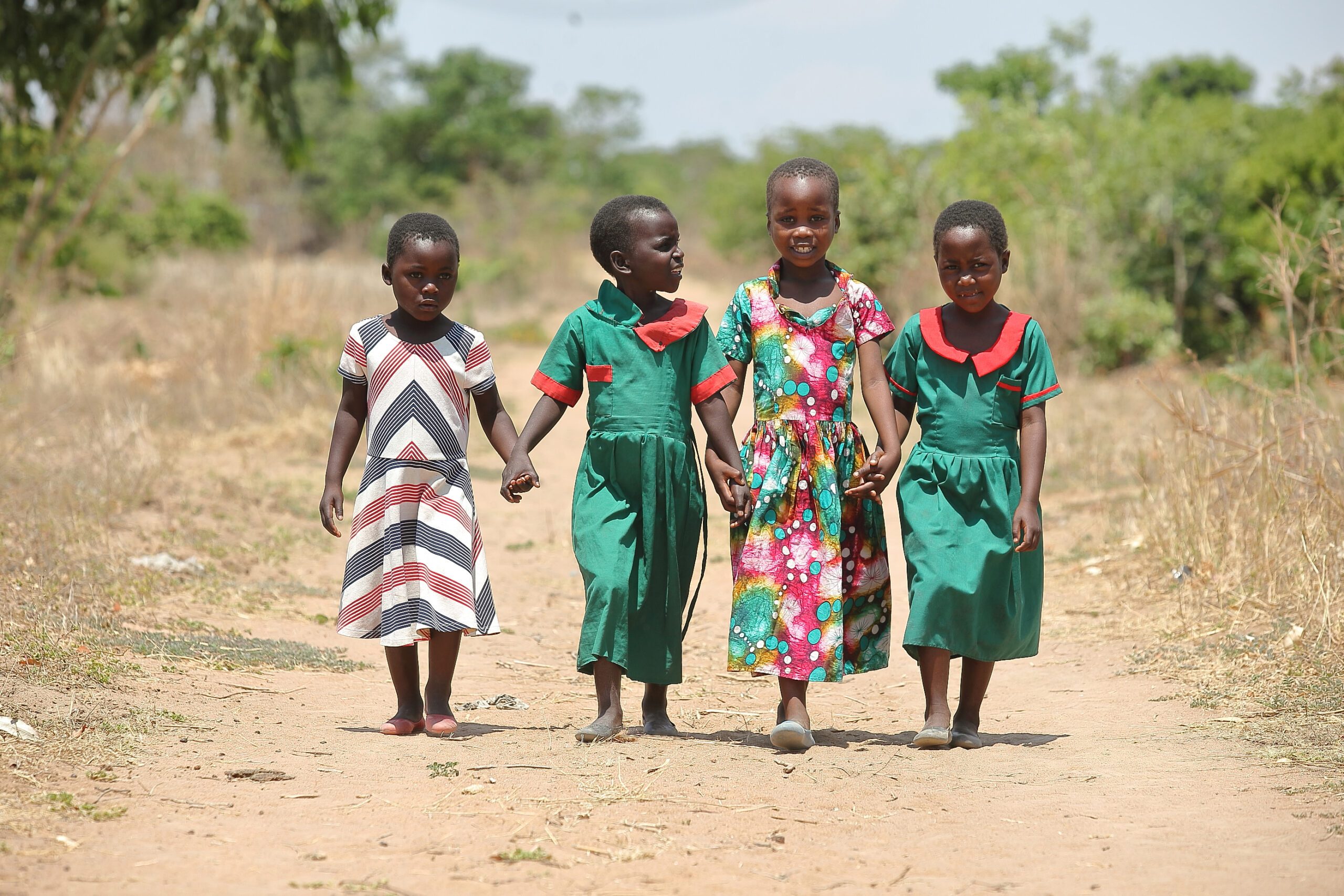Plan International condemns deadly drone attacks on schools and civilians in Sudan
We are outraged by the recent drone attacks on the Al-Hanan kindergarten for children in South Kordofan, which resulted in the deaths 43 children.
Our goal is to ensure vulnerable and excluded children access and complete inclusive quality education from pre-primary to secondary level.
Inclusive quality education means that all children, regardless of physical, intellectual, social, emotional or linguistic abilities, learn and participate equally and effectively, in safety and free from gender bias.

However, a range of often intersecting factors including gender, poverty, location, disability, language and ethnicity create barriers that prevent millions of children from accessing and completing quality education.
Girls are still less likely than boys to enrol in school, stay in school or have their educational needs met.
Millions of children are in school but are not learning properly. Their lack of achievement is due to many factors – including poor teaching, often in a language that is not their mother tongue, limited resources, and being subjected to violence or abuse.
Girls are still less likely than boys to enrol in school, stay in school or have their educational needs met.
It matters because quality education gives young people the skills, knowledge, competences and values to help them to break cycles of poverty, discrimination, social and gender inequality. They are empowered to make positive changes, overturn oppressive gender norms and promote equality.
This benefits individuals, families and communities. Health, nutrition and life expectancy improve. Educated girls tend to delay marriage, have fewer but healthier children and contribute more financially. Quality education includes comprehensive sexuality education, informs young people about citizenship and climate change, and helps to safeguard them in conflict and disaster situations.
Our goal is to ensure vulnerable and excluded children – particularly girls – in development and humanitarian settings, including displaced and crisis-affected communities access and complete inclusive quality education from pre-primary to secondary level.